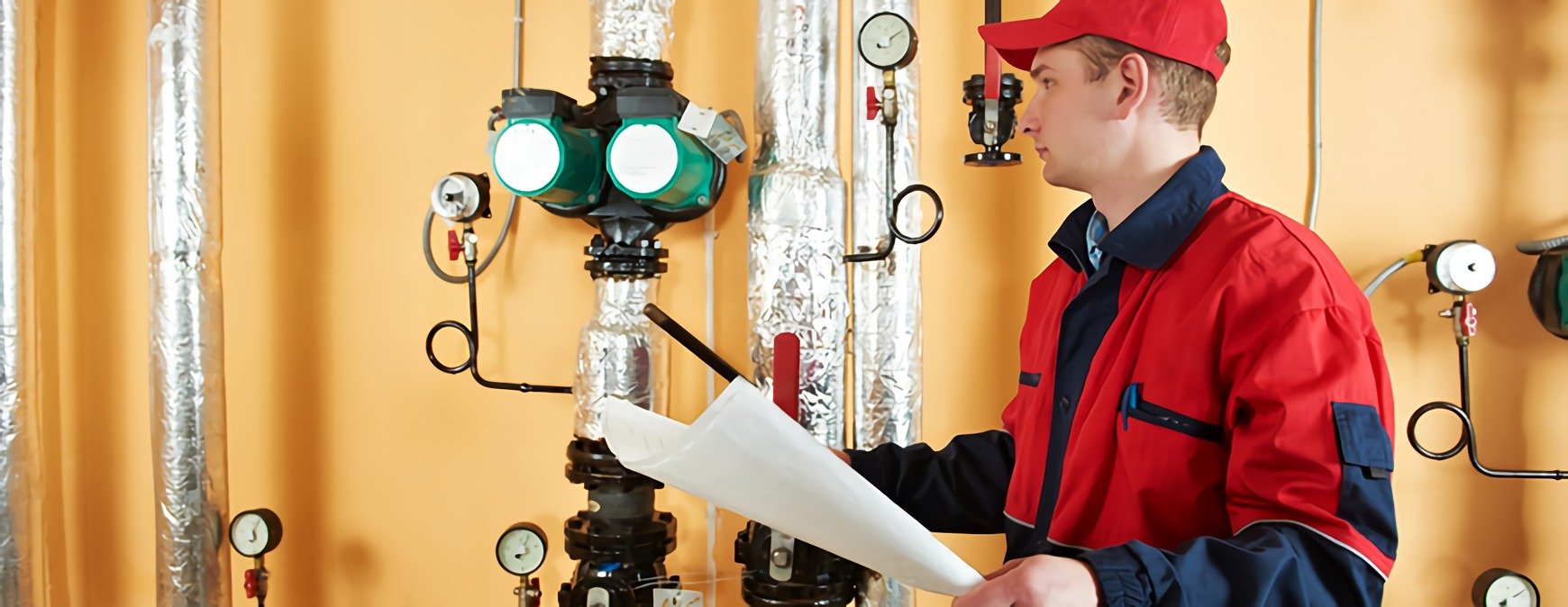
HVAC systems can be quite complex and need to be carefully adjusted as well as regularly maintained to work at maximum capacity. Commissioning in HVAC is the process of ensuring that commercial HVAC systems work as intended. There are three types of commissioning: the initial commissioning, retro-commissioning, and re-commissioning:
- Commissioning applies to an HVAC system in a new building or a new HVAC system in an existing building.
- Retro-commissioning applies to an existing HVAC system in an existing building.
- Re-commissioning applies to an HVAC system that has already been commissioned before. 1
Retro-commissioning is particularly helpful for older buildings that have been in use for a long time. Retro-commissioning can identify opportunities to reduce energy use and save costs.
Why is Retro-Commissioning Important?
There are several benefits to retro-commissioning. It can increase energy efficiency, address changes in climate, government regulations, or building codes, and detect problems early. Retro-commissioning can tackle a number of building issues, such as:
- Unnecessarily operating equipment or lighting
- Defective belts and valves
- Inaccurately calibrated thermostats and sensors
- Poor air balancing
- Faulty controls
- Systems that heat and cool at the same time
HVAC systems are very interactive and have highly sophisticated controls, even small problems can impact an entire system and cause performance issues for the building. Furthermore, minor defects can still impair a system’s performance and thus decrease energy efficiency. Since all buildings see degradation over time, repeated retro-commissioning can save building owners a lot of money down the line. 2
The Retro-Commissioning Process
HVAC training graduates may find themselves in a situation as contractors where they need to retro-commission a building to assess and possibly improve its energy efficiency. This process typically involves a number of steps:
Get Started on the Path to a New Career
Fill out our form to learn how we can help you change your life.
1. Meeting with the owner
Those involved in the retro-commissioning process speaking to the owner and others who occupy the building in order to develop objectives.
2. Examining, verifying, and testing the HVAC system
HVAC contractors will then inspect and test the existing HVAC system to assess its current efficiency. They will also verify that the right equipment and materials were installed, and that the installation meets the manufacturer’s guidelines.
3. Developing a suitable energy plan
After evaluating the current HVAC system, contractors can create a plan that increases the building’s long-term energy efficiency. This may include altering occupancy levels or schedules, changing space layouts, or replacing systems or controls.
4. Performing calibrations and repairs
If necessary, HVAC contractors will repair or replace defective systems (or their parts) to improve performance. They may also fine-tune system settings for greater energy efficiency.
5. Discussing further improvement opportunities
After ineffectively operating equipment has been tested, adjusted, and balanced (TAB) for maximum energy efficiency, contractors may discuss what else could improve building operation.
6. Submitting final report and recommendations to the owner
Lastly, the contractor compiles a report that documents the inspection, verification, and TAB of the HVAC system, which is given to the building owner for approval. They may also issue recommendations for better building efficiency. 3
Retro-commissioning keeps buildings running more efficiently longer, creates a healthier environment for occupants, and can save more money on energy costs.
Additional Sources
1 – http://www.tesengineering.com/what-is-hvac-commissioning/
2 – http://www.buildingefficiencyinitiative.org/articles/retro-commissioning-significant-savings-minimal-cost
3 – https://www.achrnews.com/articles/135359-the-renaissance-of-retrocommissioning
This blog has been labeled as archived as it may no longer contain the most up-to-date data. For a list of all current blog posts, please visit our blog homepage at https://www.rsi.edu/blog/

